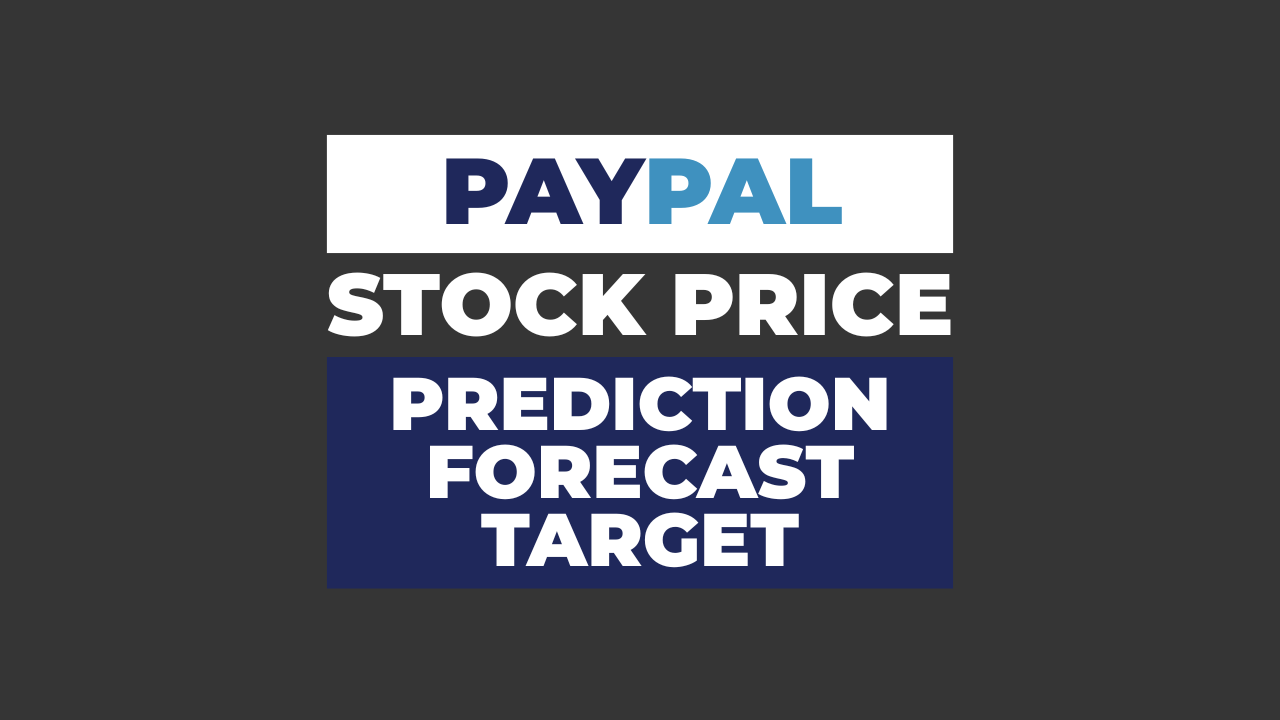1. Company Overview
PayPal Holdings, Inc. (PYPL) is one of the top companies in the fintech world. It has completely changed the way people make digital payments and has also stepped into cryptocurrency trading to support the growing digital asset space.
Related – The Very First Post You Should Read to Learn Cryptocurrency
Here is a quick look at its key details followed by a simple summary of what the company does and why it matters.
| Company Name | PayPal Holdings, Inc. |
| Sector | Financials |
| Industry | Credit Services / Fintech |
| IPO Year | 2015 |
| Stock Exchange Listed | NASDAQ |
| Founded By | Peter Thiel, Max Levchin, et al. |
| Established In | 1998 (as Confinity) |
| Specialization | Digital Payments, Cryptocurrency Trading, Mobile Wallets |
PayPal was started in 1998 under the name Confinity by Peter Thiel, Max Levchin, and a few others. Today, it’s based in San Jose, California. After separating from eBay in 2015, PayPal became its own company and got listed on the NASDAQ. It allows people to send and receive money digitally, pay with their phones, and even buy and sell cryptocurrencies. Some of its popular platforms include PayPal, Venmo, and Braintree. The company is also working on new tools like Fastlane and a smart wallet to make digital payments easier and quicker for both businesses and customers.
2. The Stock Market: What Drives It?
The stock market doesn’t just go up and down for no reason. It’s influenced by a mix of things like how well a company is doing, what’s happening in the economy, and industry trends. For PayPal, important factors include how many transactions it handles, its profit margins, and how many people are using digital and crypto payments.
For example, in Q1 2025, PayPal reported adjusted earnings per share (EPS) of $1.33, which beat the market estimate of $1.15. That shows the company can still perform well even when the market is tough. Things like interest rates, how much people are spending, and new crypto rules also affect how PayPal’s stock behaves. Its long-term success will depend on how well it can manage all these moving parts, especially in the ever-changing fintech world.
3. Sector Overview: Financials
What This Sector Is About
PayPal is part of the Financials sector. This includes banks, insurance companies, and fintech firms like PayPal. The main job of this sector is to help people and businesses move money around, make payments, and invest.
Important Things That Affect the Sector
- Regulations: New rules about crypto and digital payments (like anti-money laundering or KYC rules) can affect how companies like PayPal operate.
- Consumer Preferences: More people using mobile and online payments means more business for PayPal.
- Economy: When interest rates go up or inflation hits, people may spend less or use fintech services differently.
Recent Growth and Changes
In recent years, fintech companies like PayPal have seen major growth. Digital payments and cryptocurrencies are becoming more common. In 2025, PayPal’s stock went up by around 30% after the SEC closed an investigation into the company. The general market also improved, with the S&P 500 seeing its best May in 30 years. With new tech like AI-powered “agentic commerce,” PayPal is part of the wave of innovation pushing the sector forward.
4. Industry Analysis: Credit Services / Fintech
What’s Happening in This Industry
PayPal is in the Credit Services / Fintech industry. This includes companies that deal with online payments, mobile wallets, and crypto services. It’s a fast-moving industry with lots of new ideas and strong competition.
Key Things That Impact the Industry
- Transaction Volumes: More transactions mean more revenue. For instance, in Q1 2025, Venmo’s revenue grew by 20%.
- Innovation: Things like AI, blockchain, and Buy Now, Pay Later (BNPL) services give companies a competitive edge.
- Competition: Rivals like Stripe, Adyen, and Square are constantly launching new features to grab market share.
Recent Growth and Trends
The fintech space has grown a lot due to more people using digital payments and crypto. In Q1 2025, PayPal showed a non-GAAP operating margin of 20.7%. Features like Fastlane now account for half of all checkouts by small and medium businesses, with 33% more merchants using it. PayPal is also exploring blockchain-based payments and aims to tap into the $17 trillion autonomous transaction market by 2030.
5. Stock Growth and What’s Driving It
PayPal’s stock price is closely tied to its performance and industry trends. Although the stock dropped 20% earlier in 2025, it bounced back by 30% after the SEC closed its case.
Q1 2025 Highlights:
- Adjusted EPS: $1.33 (beat expectations)
- Venmo: 20% revenue growth
- BNPL: 20% year-over-year transaction volume increase
- Fastlane: Boosted transaction margins
- Share Buybacks: $1.5 billion in Q1 and $5 billion planned for the whole year
- Forward P/E Ratio: 13.26 (indicates the stock might be undervalued)
PayPal’s focus on crypto, AI, and improving transaction systems shows that it’s aligning itself with key industry trends. That makes it a strong long-term player in the fintech space.
Also Read – I Created the Best Bitcoin Guide You’ll Ever Read
6. Speculative Targets: What Could the Future Look Like?
Technical analysis helps predict where a stock might go based on trends and patterns. As of May 31, 2025, PayPal’s stock is priced around $86, up from $66.32 in April.
Technical Signals:
- Moving Averages: 50-day average is above the 200-day average, which usually signals a positive trend.
- Support & Resistance Levels: Support around $80 and resistance near $90.
- RSI (Relative Strength Index): At about 60, this shows neutral momentum but leaves room for upward movement.
Future Price Targets (assuming 10% average growth per year, with low and high cases at 5% and 15%):
| Year | 5% Growth | 10% Growth | 15% Growth |
|---|---|---|---|
| 2030 | $110 | $138 | $173 |
| 2040 | $178 | $359 | $699 |
| 2050 | $291 | $931 | $2,820 |
These numbers are based on average market performance and PayPal’s current outlook.
But remember, future stock prices are uncertain. Regulations, tech changes, and competitors can all shift the path.
7. Long-Term Growth Potential
PayPal looks set for long-term growth. In Q1 2025, it had a 20.7% operating margin and $5 billion in free cash flow. With tools like Fastlane and AI-driven “agentic commerce,” it’s trying to capture the huge $17 trillion opportunity in autonomous transactions by 2030.
It’s also running a massive $20 billion share buyback program—almost a third of its total market cap. That shows confidence in future performance. Still, it faces challenges like stiff competition from Stripe and Adyen, a relatively high forward P/E ratio, and uncertainty around crypto regulations. If PayPal keeps growing its blockchain and BNPL offerings, it has a strong chance to reward long-term investors.
8. Conclusion
PayPal Holdings, Inc. remains a major player in fintech, using its position in the Financials sector and leadership in digital payments and crypto to its advantage. With solid Q1 2025 results, strong innovation, and smart strategies, the company seems to be on the right track.
While future price predictions show potential, it’s important to be cautious due to market risks. However, with strong fundamentals like consistent cash flow, share buybacks, and a push into AI and crypto, PayPal still looks like a smart bet for long-term investors who can handle some risk.
Disclaimer: The information provided in this article is for educational and informational purposes only. It should not be considered financial or investment advice. Always do your own research or consult with a qualified financial advisor before making any investment decisions. Please note that all price forecasts and stock predictions mentioned are speculative in nature. The cryptocurrency and stock markets are highly volatile and unpredictable. Past performance is not indicative of future results.

